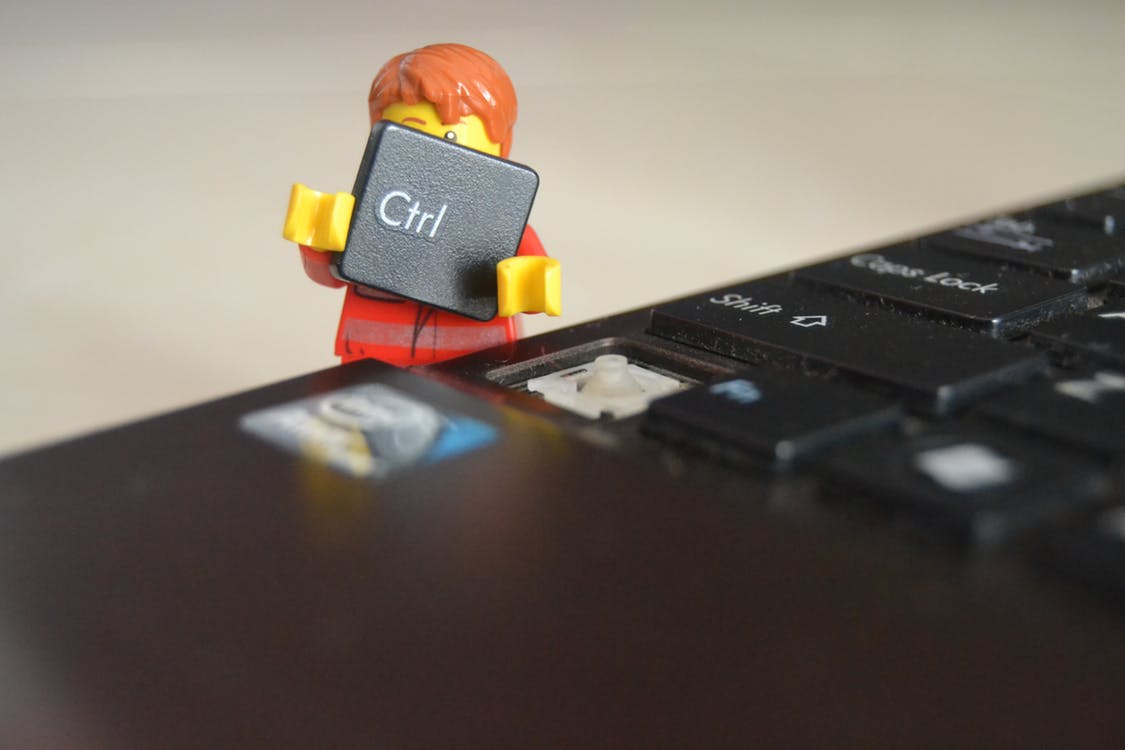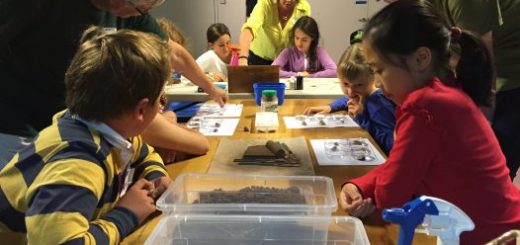Do classroom spaces influence use of digital technologies?

A guest blog post by Dr Terry Byers on research published recently in The British Journal of Education Technology.
Schools, of all types and persuasions, are now running either ‘bring your own device’ (BYOD) or school managed 1-to-1 programs. The belief behind the considerable financial investment in parachuting thousands of devices into schools is that this will somehow “fix” the status quo and better prepare “digital natives” for their future lives in the “digital knowledge economy”. Given the enthusiasm, or rhetoric, about this transformative potential, a considerable amount of research has taken place into the many factors that affect the diffusion of technology, such as school infrastructure, resourcing, as well as, teacher background, beliefs, characteristics, and confidence. The classroom teacher is often identified as a key mediating factor (Ertmer & Ottenbreit-Leftwich, 2010), alongside issues around access, resourcing and technical support (Bingimlas, 2009). Hence, professional development activities tend to focus on equipping teachers with those digital literacies and skills that are thought to enhance their use of technology. However some suggest that despite considerable human, financial and time investment, the use of digital technology in education has yet to be leveraged to achieve to its potential.
One factor that has received little consideration is the role of the physical classroom layout, in which the use of technology takes place. To better understand the potential impact of the physical learning environment, we evaluated how different physical classroom layouts influenced the educational uses of technology in a secondary school context. This study compared student perceptions of the effectiveness and use of their device in a traditional classroom layout and a retrofitted Innovative Learning Environment (ILE). These layouts were chosen to reflect those spaces that are purported to either hinder (traditional classroom) or facilitate (ILE) the desired use of digital technologies by teachers and students. However, there is scant evidence in the literature to evaluate these claims.
Building upon earlier evaluations this study followed 385 students and 21 teachers from 22 classes across Years 7 to 9, which were divided into intervention and control groups. Over a school year period, results indicated that different spatial configurations had a measurable effect on how students’ perceived the effectiveness of digital technology, with improvements linked to ILE. However, deeper exploration suggested that the change in learning space by itself was not the sole cause of these changes.
It was clear that the change in space supported those teachers who were able and willing to integrate the affordances of technology into their practice. This concept of awareness and understanding of the use of physical learning environment in teaching approaches can be referred to as ‘environmental competency’, a term coined by Lackney (2008). Our study highlighted how the environment competency of individual teachers impacted on their ability to better align the use of physical space and technology. The students’ perception of the improved effectiveness of their device in a retrofitted ILE, was shaped by those teachers who articulated a shift in their use beyond merely replicating existing approaches to the augmentation of more responsive pedagogies. This trend was reinforced when comparisons were made against the control classes who remained in classroom with a traditional layout. In these more conventional spaces, with a front of room orientation to the ‘fireplace’ supported by rigid seating arrangements, this sample suggested that the use of technology appeared to be restricted primarily to a content delivery tool. In this layout, teachers readily identified that layout curtailed their use of technology to a direct substitute to previous practices, with limited scope of augmentation or modification.
The findings of this study provide further evidence that that physical classroom layouts can act as a barrier to, or a conduit for, leveraging the potential of digital technologies with the aim of making them more effective pedagogically.
This article that is the subject of this post ‘Empirical evaluation of different classroom spaces on students’ perceptions of the use and effectiveness of 1-to-1 technology’ can be accessed here or in The British Journal of Education Technology DOI: 10.1111/bjet.12518
Reference List (see article for full reference list)
Bingimlas, K. A. (2009). Barriers to the successful integration of ICT in teaching and learning environments: A review of the literature. Eurasia Journal of Mathematics, Science & Technology Education, 5(3), 235-245. doi:www.ejmste.com
Ertmer, P. A., & Ottenbreit-Leftwich, A. T. (2010). Teacher technology change: How knowledge, confidence, beliefs, and culture intersect. Journal of Research on Technology in Education, 42(3), 255-284. doi:10.1080/15391523.2010.10782551
Lackney, J. A. (2008). Teacher environmental competence in elementary school environments. Children, Youth and Environments, 18(2), 133-159. doi:www.colorado.edu/journals/cye



